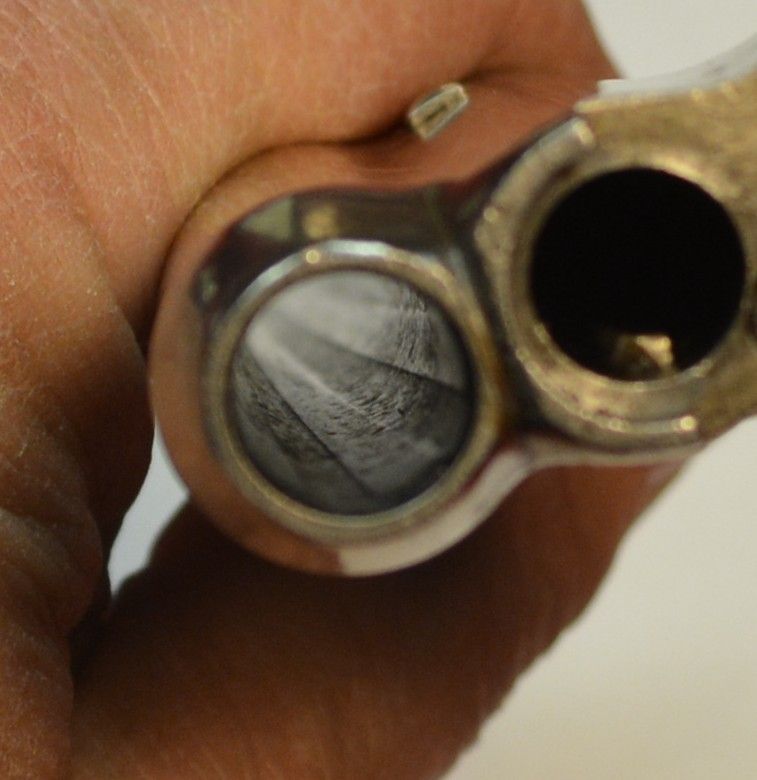stubbicatt
New member
I am at a loss of where to start. I have an old Winchester with an atrocious bore. Rusty. Pitted. Heck, not even pits but little razor like rust flakes sticking up from the bore. As bad as I have ever seen. Gunsmith fired a couple of abrasive imbedded bullets to attempt to make it better.
Then I got to thinking... How well does it shoot "as is?"
I loaded up some ammo with cast bullets and a recipe that has always worked pretty well for me, and shot it for group, to see how it will do if given a chance. This thing will shoot!
I cannot explain how a cast bullet could survive its trip down that bore without coming out a 6.5 or 7mm diameter, let alone shoot good. Examination of bullet impact on paper targets shows a straight hole, no key holing, no tumbling, nothing like that.
As nasty as it is in that bore, no amount of cleaning and brushing seems to ever get a clean patch. I have used different solvents, but pretty much the same technique with rod, patches, and bronze brushes. Heck 10 to 15 strokes with a bronze brush and it is visually smaller than it started out. I suppose I could keep at it for hour after hour, but I am old, and that gets tiresome quickly, and I can no longer count on my next breath. I just doubt it will ever be "clean."
I am tempted to just leave it alone and shoot it. Heck, its not going to get any worse, I don't think? But the lessons imparted in my callow youth by my sainted grandfather tell me to not put it away "dirty."
I'm looking for ideas or suggestions how to address cleaning that bore? Thanks in advance.
Regards,
Stubb
Then I got to thinking... How well does it shoot "as is?"
I loaded up some ammo with cast bullets and a recipe that has always worked pretty well for me, and shot it for group, to see how it will do if given a chance. This thing will shoot!
I cannot explain how a cast bullet could survive its trip down that bore without coming out a 6.5 or 7mm diameter, let alone shoot good. Examination of bullet impact on paper targets shows a straight hole, no key holing, no tumbling, nothing like that.
As nasty as it is in that bore, no amount of cleaning and brushing seems to ever get a clean patch. I have used different solvents, but pretty much the same technique with rod, patches, and bronze brushes. Heck 10 to 15 strokes with a bronze brush and it is visually smaller than it started out. I suppose I could keep at it for hour after hour, but I am old, and that gets tiresome quickly, and I can no longer count on my next breath. I just doubt it will ever be "clean."
I am tempted to just leave it alone and shoot it. Heck, its not going to get any worse, I don't think? But the lessons imparted in my callow youth by my sainted grandfather tell me to not put it away "dirty."
I'm looking for ideas or suggestions how to address cleaning that bore? Thanks in advance.
Regards,
Stubb
Last edited:


